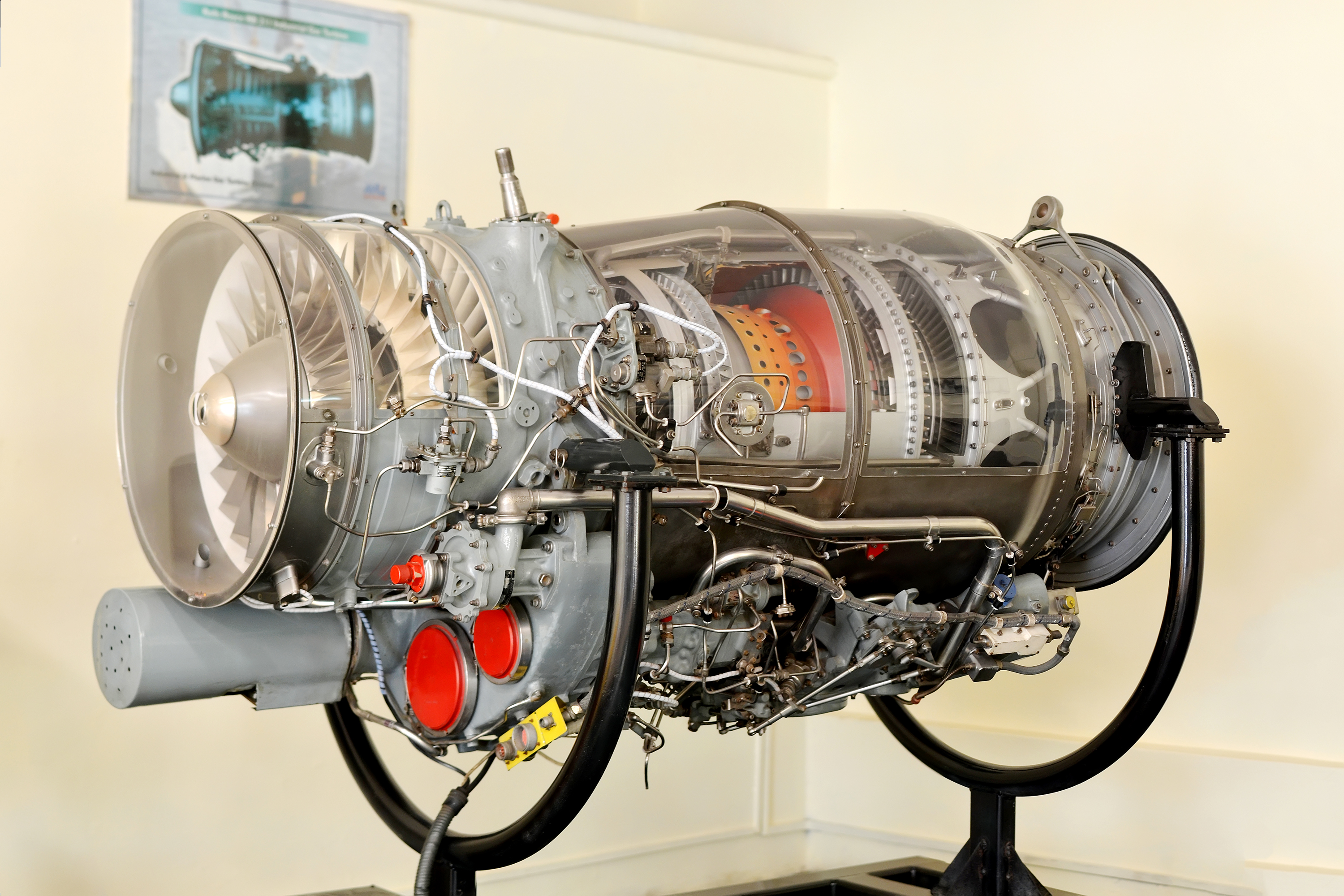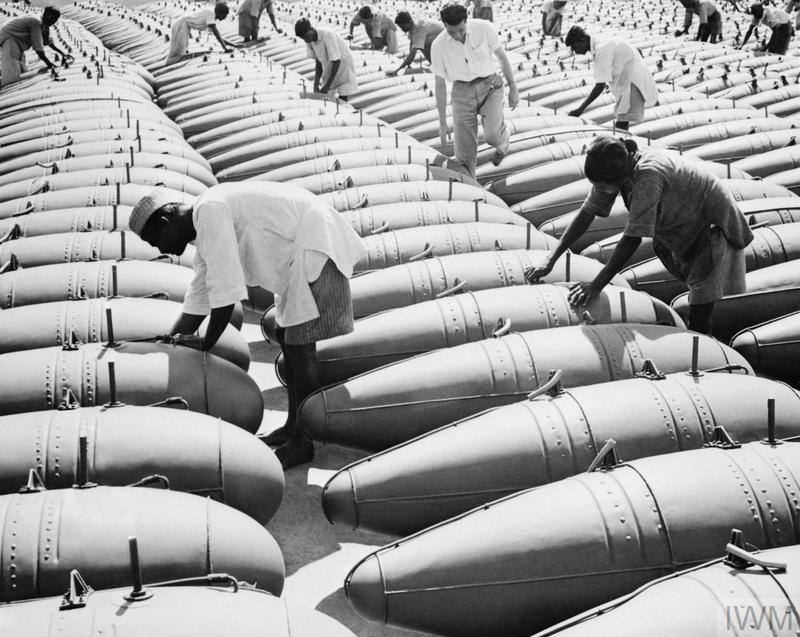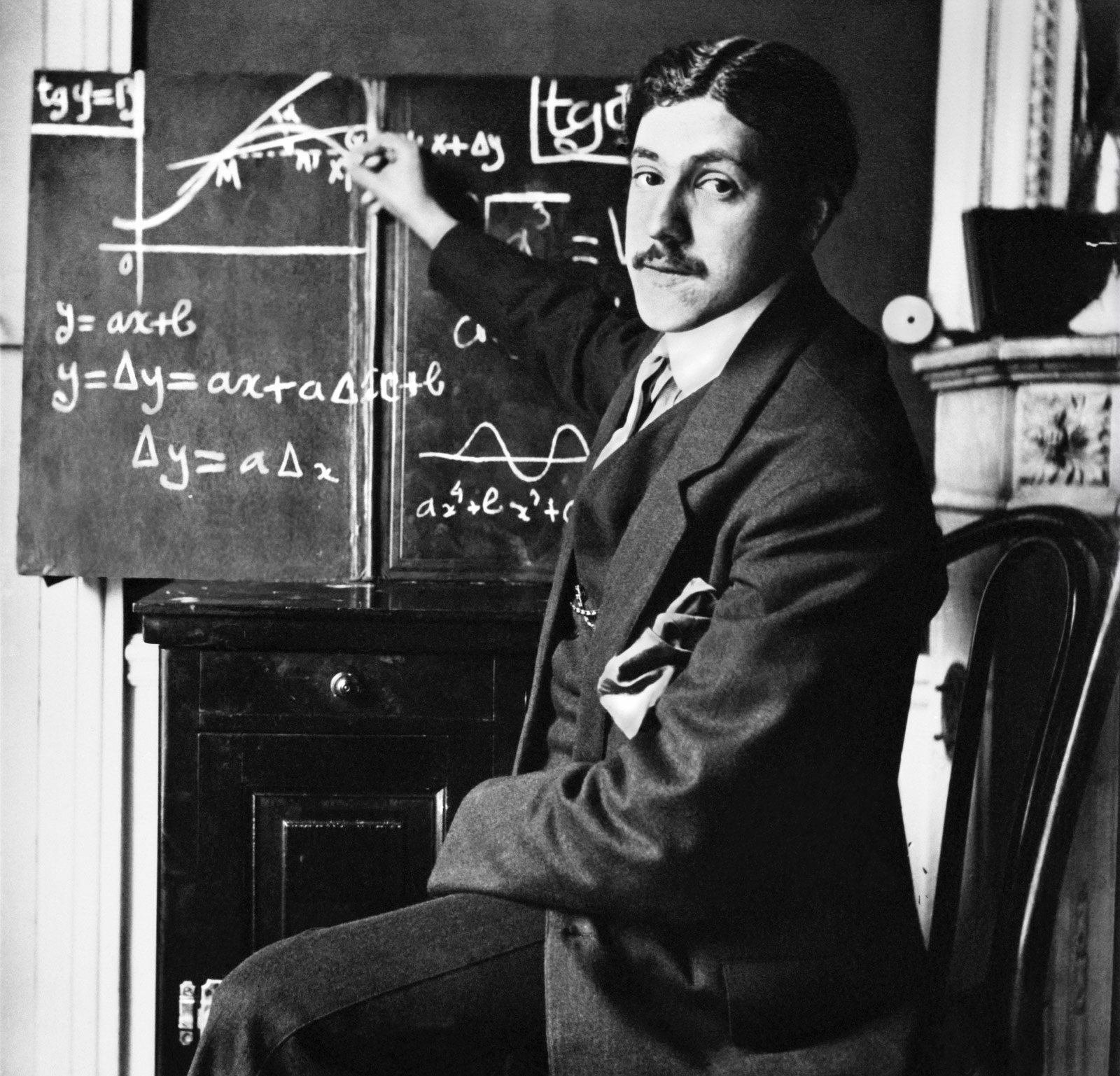|
SEPECAT
SEPECAT (french: Société Européenne de Production de l'avion Ecole de Combat et d'Appui Tactique) was an Anglo-French aircraft manufacturer. Established during 1966, its aim was to handle the development and commercialization of the Jaguar, an attack and training aircraft. Organised as a ''Société Anonyme'', the company was joint venture between British Aircraft Corporation and Breguet. History The Jaguar programme began in the early 1960s, in response to a British requirement (Air Staff Target 362) for an advanced supersonic jet trainer to replace the Folland Gnat T.1 and Hawker Hunter T.7, and a French requirement (ECAT or ''École de Combat et d'Appui Tactique'', "Tactical Combat Support Trainer") for a cheap, subsonic dual-role trainer and light attack aircraft to replace the Fouga Magister, Lockheed T-33 and Dassault Mystère IV. [...More Info...] [...Related Items...] OR: [Wikipedia] [Google] [Baidu] |
SEPECAT Jaguar
The SEPECAT Jaguar is an Anglo-French jet attack aircraft originally used by the British Royal Air Force and the French Air Force in the close air support and nuclear strike role. It is still in service with the Indian Air Force. Originally conceived in the 1960s as a jet trainer with a light ground attack capability, the requirement for the aircraft soon changed to include supersonic performance, reconnaissance and tactical nuclear strike roles. A carrier-based variant was also planned for French Navy service, but this was cancelled in favour of the cheaper, fully French-built Dassault-Breguet Super Étendard. The aircraft were manufactured by SEPECAT (Société Européenne de Production de l'avion Ecole de Combat et d'Appui Tactique), a joint venture between Breguet and the British Aircraft Corporation, one of the first major joint Anglo-French military aircraft programmes. The Jaguar was exported to India, Oman, Ecuador and Nigeria. The aircraft was used in numerous ... [...More Info...] [...Related Items...] OR: [Wikipedia] [Google] [Baidu] |
British Aircraft Corporation
The British Aircraft Corporation (BAC) was a British aircraft manufacturer formed from the government-pressured merger of English Electric Aviation Ltd., Vickers-Armstrongs (Aircraft), the Bristol Aeroplane Company and Hunting Aircraft in 1960. Bristol, English Electric and Vickers became "parents" of BAC with shareholdings of 20%, 40% and 40% respectively. BAC in turn acquired the share capital of their aviation interests and 70% of Hunting Aircraft several months later. History Formation BAC's origins can be traced to a statement issued by the British government that it expected the various companies involved in the aircraft, guided weapons and engine industries to consolidate and merge with one another. Furthermore, the government also promised incentives to motivate such restructuring; the maintenance of government research and development spending and the guarantee of aid in launching "promising new types of civil aircraft". One particularly high-profile incentive was ... [...More Info...] [...Related Items...] OR: [Wikipedia] [Google] [Baidu] |
AFVG
BAC/Dassault AFVG (standing for Anglo-French Variable Geometry) was a 1960s project for supersonic multi-role combat aircraft with a variable-sweep wing, jointly developed by British Aircraft Corporation in the United Kingdom and Dassault Aviation of France. The project was borne out of ambitions to produce a viable combat aircraft that made use of the variable-sweep wing, as well as to promote wider cooperative efforts between France and the United Kingdom. However, neither Dassault nor the French Air Force were particularly keen on the AFVG; the project was further impacted by repeated specification changes and indecision for what roles that the AFVG was to be tasked with on the part of Britain. In mid-1967, British requirements settled upon adopting the AFVG for the Royal Air Force (RAF) for the strike role in the place of the cancelled BAC TSR-2 strike bomber. The project was cancelled in June 1967, when the French Government withdrew from participation. However, the cancel ... [...More Info...] [...Related Items...] OR: [Wikipedia] [Google] [Baidu] |
Dassault Mirage F1
The Dassault Mirage F1 is a French fighter and attack aircraft designed and manufactured by Dassault Aviation. It was developed as a successor to the popular Mirage III family. During the 1960s, Dassault commenced development of what would become the Mirage F1 as a private venture, alongside the larger Mirage F2. Work on the F1 eventually took precedence over the costlier F2, which was cancelled during the late 1960s. The French Air Force (''Armée de l'Air'') took interest in the fledgling fighter to meet its requirement for an all-weather interceptor aircraft. Accordingly, initial production units were equipped with the Thomson-CSF Cyrano IV monopulse radar. During the latter half of 1974, the Mirage F1 entered service in the French Air Force. Shortly thereafter, the type was deployed as the main interceptor of the French Air Force, a capacity which it continued to serve in until the arrival of the Mirage 2000. It later transitioned to an aerial reconnaissance role. In ... [...More Info...] [...Related Items...] OR: [Wikipedia] [Google] [Baidu] |
BAC/Dassault AFVG
BAC/Dassault AFVG (standing for Anglo-French Variable Geometry) was a 1960s project for supersonic multi-role combat aircraft with a variable-sweep wing, jointly developed by British Aircraft Corporation in the United Kingdom and Dassault Aviation of France. The project was borne out of ambitions to produce a viable combat aircraft that made use of the variable-sweep wing, as well as to promote wider cooperative efforts between France and the United Kingdom. However, neither Dassault nor the French Air Force were particularly keen on the AFVG; the project was further impacted by repeated specification changes and indecision for what roles that the AFVG was to be tasked with on the part of Britain. In mid-1967, British requirements settled upon adopting the AFVG for the Royal Air Force (RAF) for the strike role in the place of the cancelled BAC TSR-2 strike bomber. The project was cancelled in June 1967, when the French Government withdrew from participation. However, the canc ... [...More Info...] [...Related Items...] OR: [Wikipedia] [Google] [Baidu] |
Rolls-Royce Turbomeca Adour
The Rolls-Royce Turbomeca Adour is a two-shaft low bypass turbofan aircraft engine developed by Rolls-Royce Turbomeca Limited, a joint venture between Rolls-Royce (UK) and Turbomeca (France). The engine is named after the Adour, a river in south western France. History The Adour is a turbofan engine developed primarily to power the Anglo-French SEPECAT Jaguar fighter-bomber, achieving its first successful test run in 1968. It is produced in versions with or without reheat. As of July 2009 more than 2,800 Adours have been produced, for over 20 different armed forces with total flying hours reaching 8 million in December 2009. The U.S. military designation for this engine is the F405-RR-401 (a derivative of the Adour Mk 871), which is currently used to power the fleet of Boeing / BAE Systems T-45 Goshawk trainer jets of the United States Navy. Variants ; Bench engines : Ten prototype engines were built for testing by both Rolls-Royce and Turbomeca. ; Flight development eng ... [...More Info...] [...Related Items...] OR: [Wikipedia] [Google] [Baidu] |
Hindustan Aeronautics Limited
Hindustan Aeronautics Limited (HAL) is an Indian state-owned aerospace and defence (military), defence company, headquartered in Bangalore, India. Established on 23 December 1940, HAL is one of the oldest and largest aerospace and defence manufacturers in the world today. HAL began aircraft manufacturing as early as 1942 with licensed production of Harlow PC-5, Curtiss P-36 Hawk and Vultee A-31 Vengeance for the Indian Air Force. HAL currently has 11 dedicated Research and development (R&D) centers and 21 manufacturing divisions under 4 production units spread across India. HAL is managed by a Board of Directors appointed by the President of India through the Ministry of Defence (India), Ministry of Defence, Government of India. HAL is currently involved in designing and manufacturing of fighter jets, helicopters, jet engine and marine gas turbine engine, avionics, software development, spares supply, overhauling and upgrading of List of active Indian military aircraft, Indian mi ... [...More Info...] [...Related Items...] OR: [Wikipedia] [Google] [Baidu] |
Indian Air Force
The Indian Air Force (IAF) is the air arm of the Indian Armed Forces. Its complement of personnel and aircraft assets ranks third amongst the air forces of the world. Its primary mission is to secure Indian airspace and to conduct aerial warfare during armed conflict. It was officially established on 8 October 1932 as an auxiliary air force of the British Empire which honoured India's aviation service during World War II with the prefix ''Royal''. After India gained independence from United Kingdom in 1947, the name Royal Indian Air Force was kept and served in the name of Dominion of India. With the government's transition to a Republic in 1950, the prefix ''Royal'' was removed. Since 1950, the IAF has been involved in four wars with neighbouring Pakistan. Other major operations undertaken by the IAF include Operation Vijay, Operation Meghdoot, Operation Cactus and Operation Poomalai. The IAF's mission expands beyond engagement with hostile forces, with the IAF particip ... [...More Info...] [...Related Items...] OR: [Wikipedia] [Google] [Baidu] |
Saab Viggen
The Saab 37 Viggen (Swedish for ''"the Bolt"'' or ''"the Tufted Duck"'' ( see name)) is a retired Swedish single-seat, single-engine, short-medium range combat aircraft. Development work on the type was initiated at Saab in 1952 and, following the selection of a radical delta wing configuration, the resulting aircraft performed its first flight on 8 February 1967 and entered service in 21 June 1971. It was the first canard design produced in quantity.Fredriksen 2001, p. 279. The Viggen was also the most advanced fighter jet in Europe, albeit slower than the earlier MiG-21bis, until the introduction of the Panavia Tornado into operational service in 1981. Several distinct variants of the Viggen were produced to perform the roles of strike fighter (AJ 37), aerial reconnaissance (SF 37), maritime patrol aircraft (SH 37) and a two-seat trainer (Sk 37). In the late 1970s, the all-weather fighter-interceptor aircraft JA 37 variant was introduced. In November 2005, the Viggen was r ... [...More Info...] [...Related Items...] OR: [Wikipedia] [Google] [Baidu] |
Dassault-Breguet Super Étendard
The Dassault-Breguet Super Étendard (''Étendard'' is French for " battle flag", cognate to English "standard") is a French carrier-borne strike fighter aircraft designed by Dassault-Breguet for service with the French Navy. The aircraft is an advanced development of the Étendard IVM, which it replaced. The Super Étendard first flew in October 1974 and entered French service in June 1978. French Super Étendards have served in several conflicts such as the Kosovo war, the war in Afghanistan and the military intervention in Libya. The Super Étendard was also operated by Iraq (on a temporary lease) and Argentina, which both deployed the aircraft during wartime. Argentina's use of the Super Étendard and the Exocet missile during the 1982 Falklands War led to the aircraft gaining considerable popular recognition. The Super Étendard was used by Iraq to attack oil tankers and merchant shipping in the Persian Gulf during the Iraq-Iran War. In French service, the Super Éte ... [...More Info...] [...Related Items...] OR: [Wikipedia] [Google] [Baidu] |
Dassault Aviation
Dassault Aviation SA () is a French Aerospace manufacturer, manufacturer of military aircraft and business jets. It was founded in 1929 by Marcel Dassault, Marcel Bloch as Société des Avions Marcel Bloch or "MB". After World War II, Marcel Bloch changed his name to Marcel Dassault, and the name of the company was changed to Avions Marcel Dassault on 20 January 1947. In 1971 Dassault acquired Breguet Aviation, Breguet, forming Avions Marcel Dassault-Breguet Aviation (AMD-BA). In 1990 the company was renamed Dassault Aviation, and is a subsidiary of Dassault Group. The Dassault Aviation Group has been headed by Éric Trappier since 9 January 2013. History The Société des Avions Marcel Bloch was founded by Marcel Dassault, Marcel Bloch in 1929. In 1935 Bloch and Henry Potez entered into an agreement to buy Société Aérienne Bordelaise (SAB), subsequently renamed ''Société Aéronautique du Sud-Ouest''. In 1936 the arms industry in France was nationalised as the ''Soc ... [...More Info...] [...Related Items...] OR: [Wikipedia] [Google] [Baidu] |
Dassault-Breguet
Dassault Aviation SA () is a French manufacturer of military aircraft and business jets. It was founded in 1929 by Marcel Bloch as Société des Avions Marcel Bloch or "MB". After World War II, Marcel Bloch changed his name to Marcel Dassault, and the name of the company was changed to Avions Marcel Dassault on 20 January 1947. In 1971 Dassault acquired Breguet, forming Avions Marcel Dassault-Breguet Aviation (AMD-BA). In 1990 the company was renamed Dassault Aviation, and is a subsidiary of Dassault Group. The Dassault Aviation Group has been headed by Éric Trappier since 9 January 2013. History The Société des Avions Marcel Bloch was founded by Marcel Bloch in 1929. In 1935 Bloch and Henry Potez entered into an agreement to buy Société Aérienne Bordelaise (SAB), subsequently renamed ''Société Aéronautique du Sud-Ouest''. In 1936 the arms industry in France was nationalised as the ''Société Nationale de Constructions Aéronautiques du Sud Ouest'' (SNCASO) ... [...More Info...] [...Related Items...] OR: [Wikipedia] [Google] [Baidu] |


.jpg)






